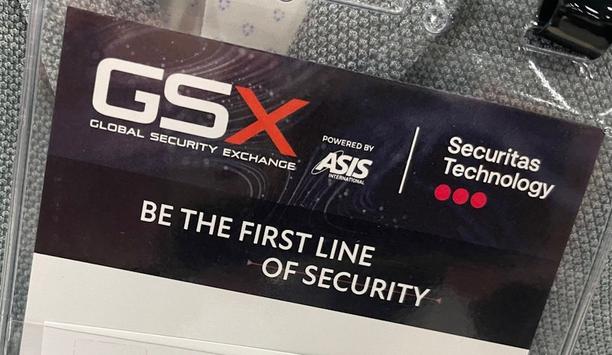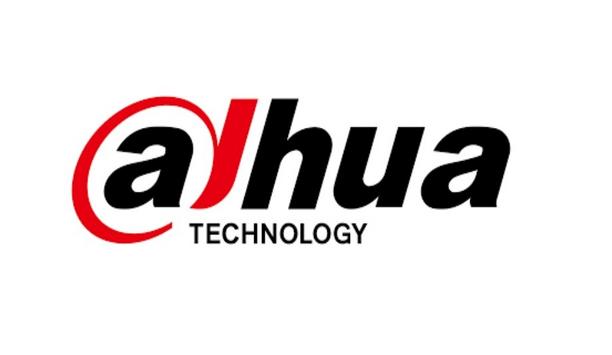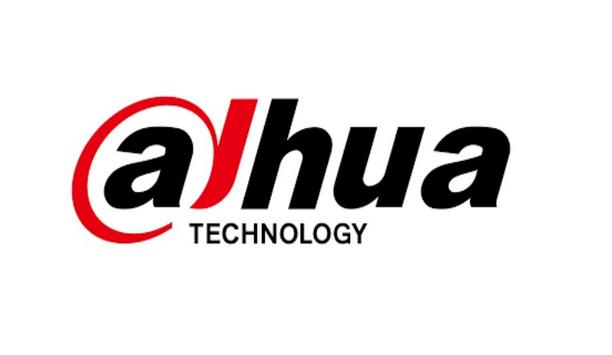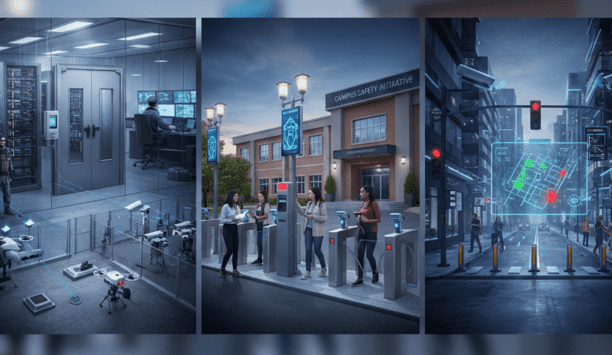 |
| One key misconception is that solid-state drives (SSDs) are going to replace hard disk drives (HDDs) |
Like many areas of the security market, the field of digital video storage systems has its share of misconceptions and missed opportunities. We called on manufacturers of these systems to set the record straight.
Hard disk drives (HDDs) will continue to rule
One key misconception is that solid-state drives (SSDs) are going to replace hard disk drives (HDDs), says Henk Van Den Berg, European sales director at Seagate Technology. While it is true that the pricing for SSD is dropping, cost-per-gigabyte for HDD actually goes down as capacity increases – so a 3 terabyte drive is only $30 more expensive than 2 terabyte, for instance, while 2 terabytes costs almost $40 more than 1 terabyte. With SSD, because of the different economics of the device, twice the capacity typically means twice the cost. Due to these economies of scale, HDD will continue to win in the foreseeable future as the technology of choice, says Van Den Berg.
“There also persists a widespread misconception that all HDDs are the same, which means that digital storage solutions are often selected based on cost alone rather than suitability – the storage equivalent of putting bicycle wheels on a Ferrari,” says Van Den Berg. “The bottom line is that without the proper drive, even the most sophisticated surveillance system could be rendered ineffective.
“As the function of video surveillance evolves, so too must the technological specifications of video surveillance storage solutions,” he adds.
An outcome of the one-storage-solution-fits-all misconception is that end users are missing a major opportunity to optimise the efficacy of surveillance systems |
One-storage-solution-DOES-NOT-fit-all
An outcome of the one-storage-solution-fits-all misconception is that end users are missing a major opportunity to optimise the efficacy of surveillance systems, says Van Den Berg. As the uses of surveillance have expanded, the storage solutions available have similarly evolved, tailored to these new functions, he says.
“The very first decision [you make] ought to be retention time and storage provider,” says Scott Sereboff, CEO of Veracity USA. “How many specifications are written with little or no thought? The end user needs to be educated on the way one choice impacts another. After all, if you choose 5 megapixel cameras and desire 30 days of retention, this selection may gut your budget. So you can only afford seven days of storage. You may wish you had understood the result of the decision prior to having made it.” Knowing retention times, having an understanding of the effect that camera choice has on it, means that camera selection can be done with the overall goal (i.e., “30 days retention at 7 FPS”) in mind and achievable, he adds.
Sereboff adds: “All storage is not created equal, and you don’t have to spend 50 percent of the budget to store your video. Each missed opportunity to educate, to sell with a consultative bent, is a missed opportunity at a wider sale.”
Veracity’s COLDSTORE NAS device
Veracity’s COLDSTORE is a NAS device, which comes out of the box and into the system as usable storage in 30 minutes to an hour. It uses off-the-shelf hard drives, requires very little power, and even a hard drive failure can be handled with no panic required, says Sereboff. “Storage has followed IT into the complex when it has needed to remain simple,” he says. “The users wants one thing – a reliable storage system that protects data when not needed and produces it when it is needed. As cameras and video management systems become more and more complex, storage needs to be simple, straightforward and something that the end user can point to and say ‘now that I understand.’ This gives the user licence to accept more complexity in other areas, to maximise the use of complex technology, while knowing that the storage systems, the foundation of the whole enterprise, is utterly solid and totally reliable.”It is surprising how many people still think that any network attached storage will work for video, says Jeff Burgess, President and CEO, BCDVideo. “Same with those using traditional IT servers for video,” he adds. “Storage of video is more intensive on the server or storage than traditional IT data. Video servers need to be built in a proper way to manage the bandwidth. Network attached storage needs to be held to the same standard.”
"All storage is not created equal, and you don’t have to spend 50 percent of the budget to store your video. Each missed opportunity to educate, to sell with a consultative bent, is a missed opportunity at a wider sale", says Scott Sereboff, CEO of Veracity USA |
More drives doesn’t mean better performance
Just because a storage system can physically expand to much larger capacities, doesn’t mean it can do it well, inexpensively, and with low management overhead, says Jeff Adams, director of sales, surveillance solutions, DDN (DataDirects Network) Storage. “Something we run into a lot is surveillance systems that fail because of scaling issues,” he says. “Anyone can add drives, but adding linear performance, availability and management scaling is something that requires a lot of performance-drive technology behind the scenes.”
When video surveillance storage systems fail, Adams says the following reasons are most often cited:
- Drives kept failing and overall system performance tanked during rebuilds.
- More/higher resolution cameras are added.
- Playback requirements increased.
- Retention times increased.
- Video analytics are added.
- Local storage at each site was too expensive to maintain and scale.
“All of it can be avoided by going with a consolidated storage platform that delivers full performance, even in outage conditions, and is proven to scale performance and capacity to accommodate increased workloads as well as data growth,” says Adams.
Discover how AI, biometrics, and analytics are transforming casino security
















































